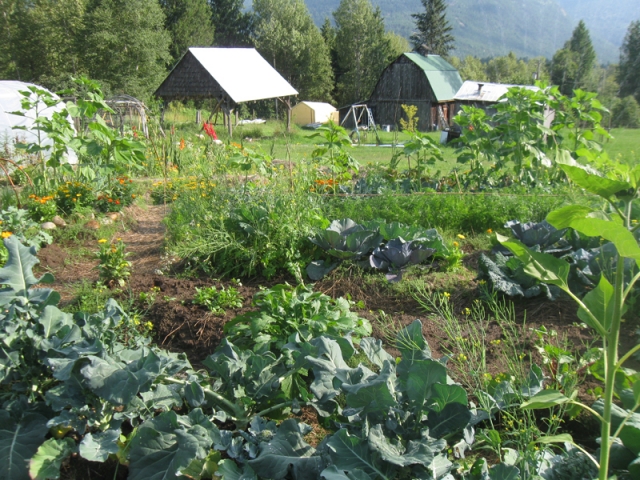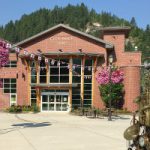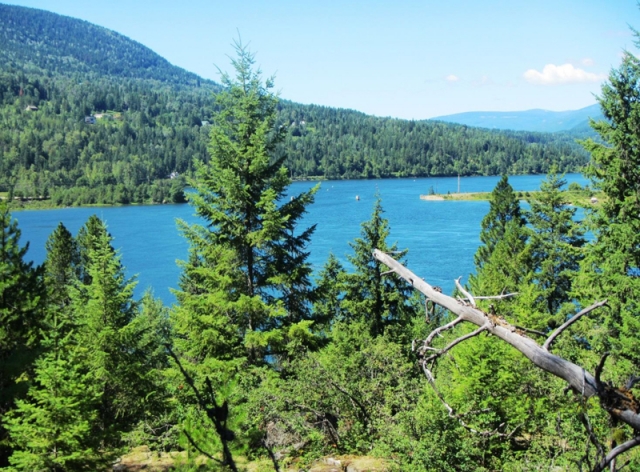Big ALR changes proposed for the Kootenays
Proposed changes to the Agricultural Land Reserve that would affect ALR regulations in the Kootenays are being met with mixed reaction.
On Thursday the provincial government introduced changes that would divide BC’s agricultural farmland into two zones.
“I feel like I just got thrown out of BC,” said former NDP Agriculture Minister Corky Evans. “And now we’re in goddam Alberta.
“I cannot for the life of me come up with a precedent for this. We did not elect this government on this, we have not had a big discussion, this is not democracy.”
Evans thinks the different zones are discriminatory.
Under the proposed changes, Zone 1 would encompass prime farmland in the Fraser Valley, Vancouver Island and Okanagan and protection would remain the same.
The rest of the province — including the Kootenays — would fall into Zone Two where rules could be changed to allow non-farmland activities.
“These improvements are aimed at continuing to protect B.C.’s rich farmland and helping farmers make a better living from it,” said Pat Pimm, Minister of Agriculture.
“The changes ensure the ALC is able to protect our fertile agricultural land for another 40 years, while ensuring future generations of farmers can continue to produce food for B.C. families
“This is huge,” said Jocelyn Carver, marketing and outreach manager for the Kootenay Food Coop. “I anticipate there will be a huge backlash.”
“These changes can potentially undermine food security for this generation and future generations to come in BC.”
But John Kettle, chair of the Regional District of Central Kootenay does not agree.
“The sky is not falling here,” he said. “This might put some honesty back in the ALR and keep people from selling out.”
Kettle represents area B, the rural area outside Creston. Along with Area C, the two districts represent 75 percent of the ALR in the West Kootenay.
“We want to keep farmers farming,” said Kettle.
Kettle is impressed with the endorsements for the proposed changes coming from the BC Agricultural Council, the BC Fruit Growers Association, the BC Cattlemen’s Association and the BC Grain Producers.
“The endorsements come with a caveat to work with the government to make things better, and we’re all in that same boat,” said Kettle.
Under the changes, the Agriculture Land Commission will remain a fully independent tribunal and decision-maker and continue to make final decisions on specific land uses within the Agricultural Land Reserve.
It is believed that the number of commissioners to be appointed will be increased, but that has not been confirmed. The new regulations for Zone 2 have not been confirmed, either.
“The changes, resulting from government’s Core Review of the Commission will help farmers and farm families get ahead by recognizing regional differences, strengthening regional decision making and enhancing the ALC’s service to the public,” the Ministry stated in a press release.
In Zone 2, where growing seasons are shorter and there are lower value crops, ALC decisions will now, in addition to the original principle, include additional considerations to provide farmers with more flexibility to support their farming operations, the Ministry said.
Other changes include formalizing the ALC’s existing model of six regions and six regional panels into law to strengthen regional decision making, as well as giving local governments the opportunity to engage with the ALC earlier in their land use planning processes to ensure better coordination and more timely decisions, the Ministry said.
According to statistics provided by the Ministry of Agriculture, the Kootenay Region comprises 8 per cent of the province’s ALR, while the Okanagan region comprises 5 percent. In contrast, however, the Kootenays provide 2.5 percent of the farm cash receipts compared to the Okanagan’s 25 percent.
About 5% of British Columbia’s land base (4.7 million hectares) is in the ALR. The land in the ALR has increased by 38,000 hectares since 2001.
























Comments